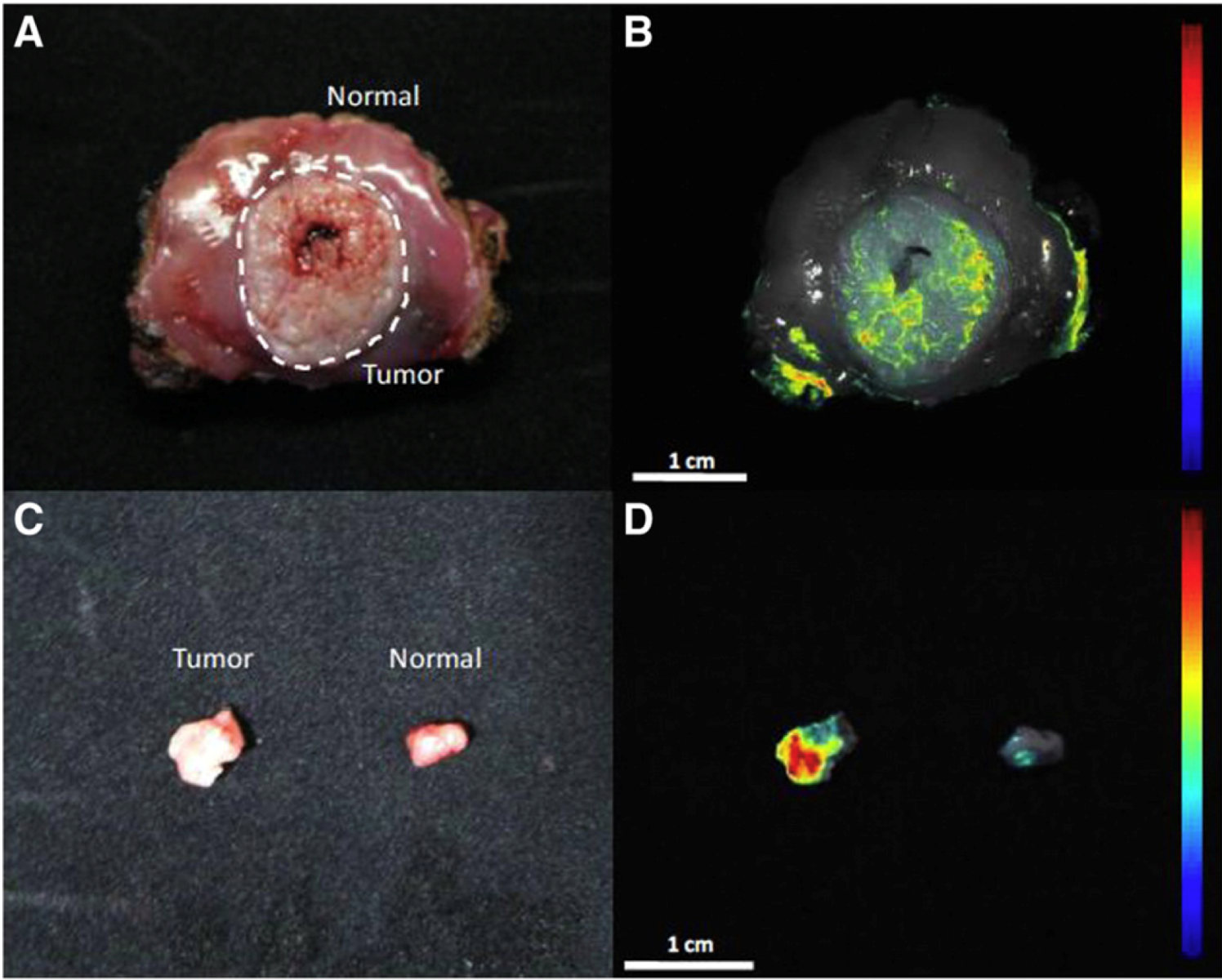Many are probably aware that lectins are complex proteins, or glycoproteins. However, lectins are also appealing for research due to their ability to recognize and bind specific carbohydrates. If this property is taken advantage of, a previously unimaginable number of possibilities could be discovered. Especially since lectins are even more accurate as markers than antibodies alone.

The first plant lectins were described by Peter Stillmark in 1888. Today, more plant, mycological, bacterial, and animal lectins are known. Each lectin has a specific binding property, which makes it possible to use lectins instead of antibodies to mark the desired structure. While antibodies target specific epitopes, lectins are able to detect specific carbohydrate structures and bind to them. Using a fluorophore or a conjugated antibody, lectins can mark structures which would not be recognized by antibodies alone.
Lectins in diagnosis and research
The binding capacity of lectins enables an almost equally broad range of application as for antibodies. Hence, lectins are nowadays used in areas such as immunohistochemistry, immunofluorescence, flow cytometry, ELISAs, western blots but also in areas such as glycosyltransferase assays or cell culture assays for proliferation, activities or even cytotoxicity. Furthermore, lectins could find application in other areas, such as neural network tracing or vascular vessel development.
Tumor marker lectins

Many diseases cause a change in carbohydrate metabolism of the cell, which also leads to changes in the glycoproteins present on the cell membrane and the glycosylation of the cell. This makes it possible to mark the affected cell with the appropriate lectin. As shown in the adjacent figure, in this way, tumor cells can be differentiated from healthy cells.
More than just detectives?
But that is not all: lectins that bind to cell membranes can also trigger a biochemical reaction or influence various metabolic pathways. This property, together with the ability to bind specifically to cancer cells, opens up another oncological field of application: the targeted therapy of cancer cells.
Lectins at Szabo-Scandic
Vector laboratories has been investigating the manufacturing of lectins for research since 1976. Today, the product catalog includes over 30 different lectins. The majority of those are plant lectins, but some originating from fungi can also be found among them.
If you wish to know more about the topic, quench your thirst for knowledge in this detailed brochure on lectins.
Further information about lectins in cancer research:
Lektine | Blog: Wissen gegen Krebs (tumorzentrum-muenchen.de)

 Deutsch
Deutsch


